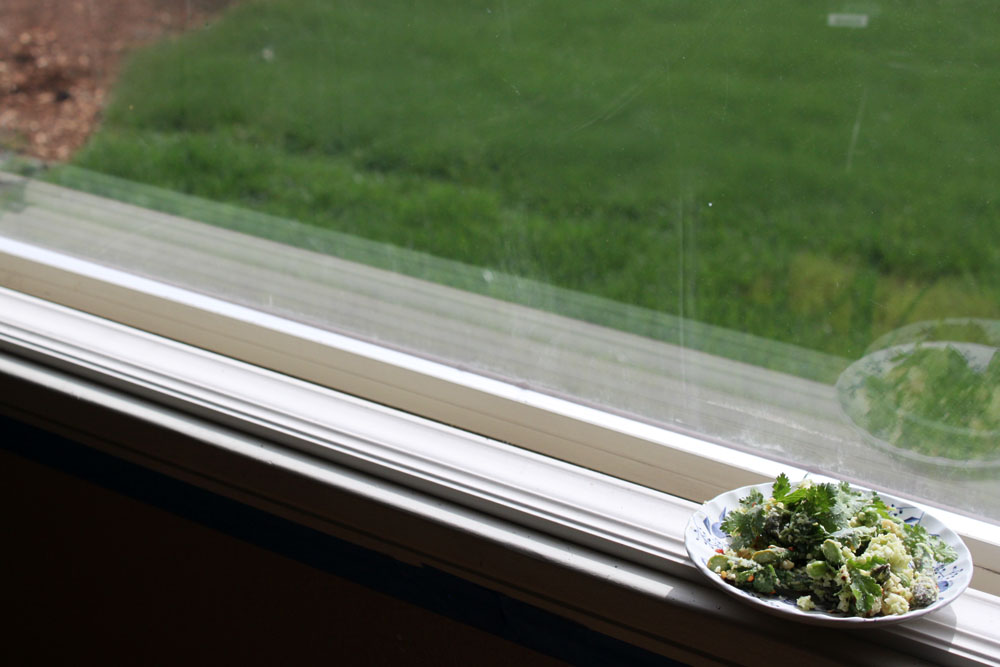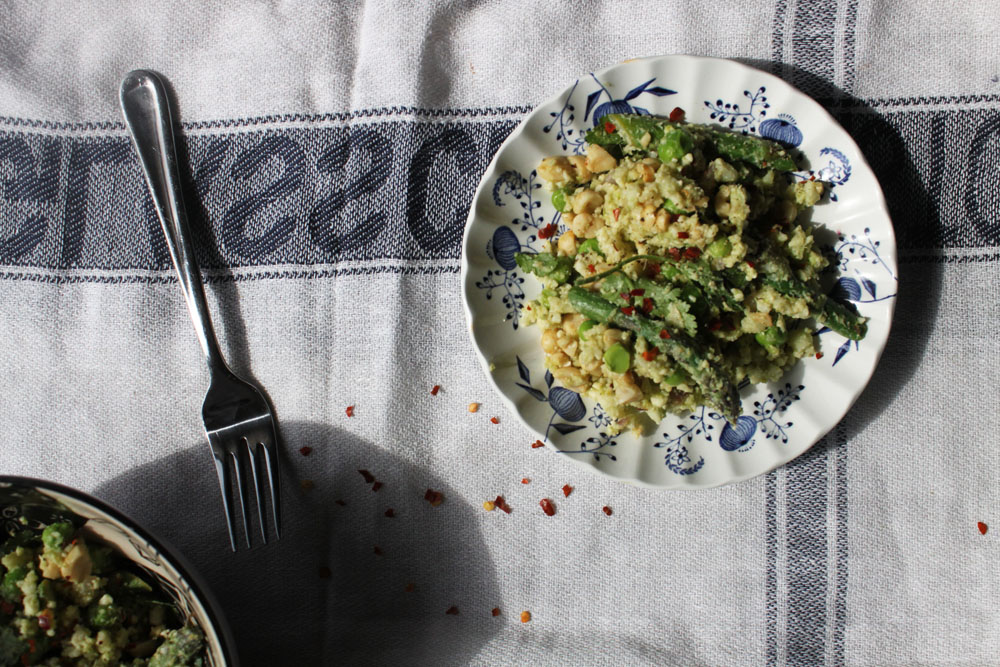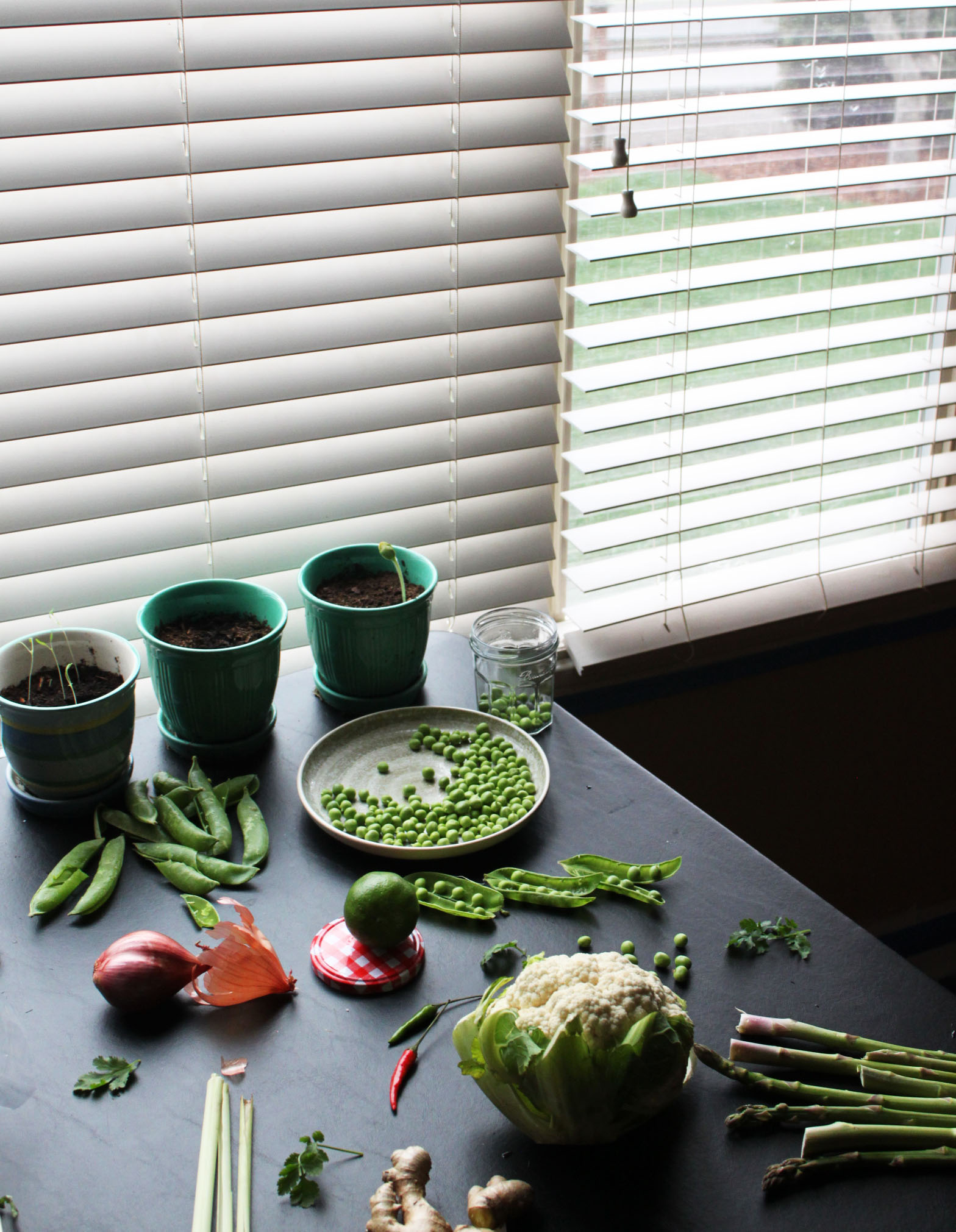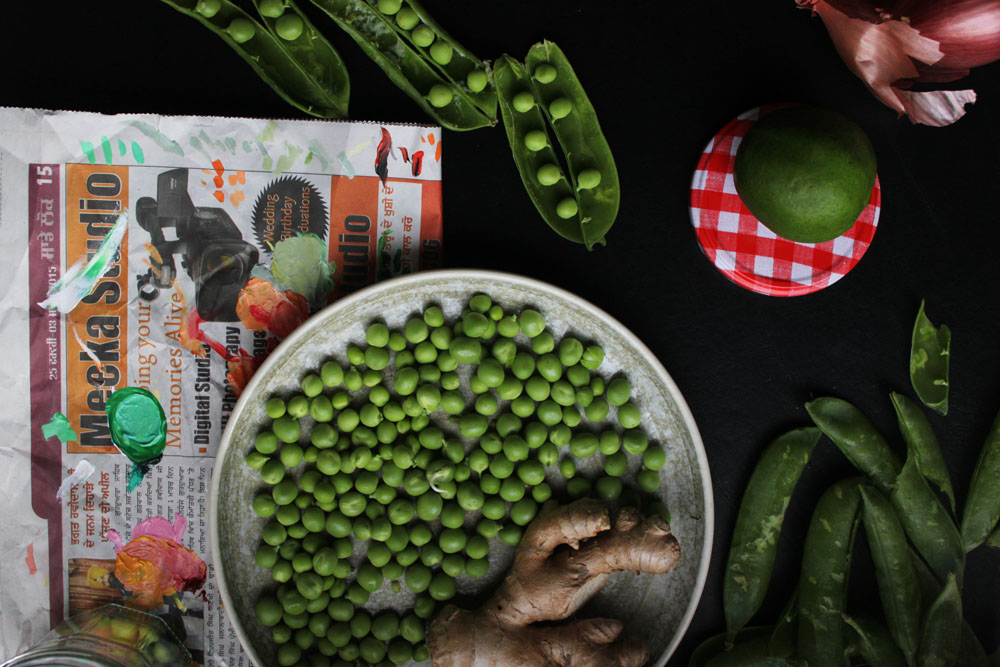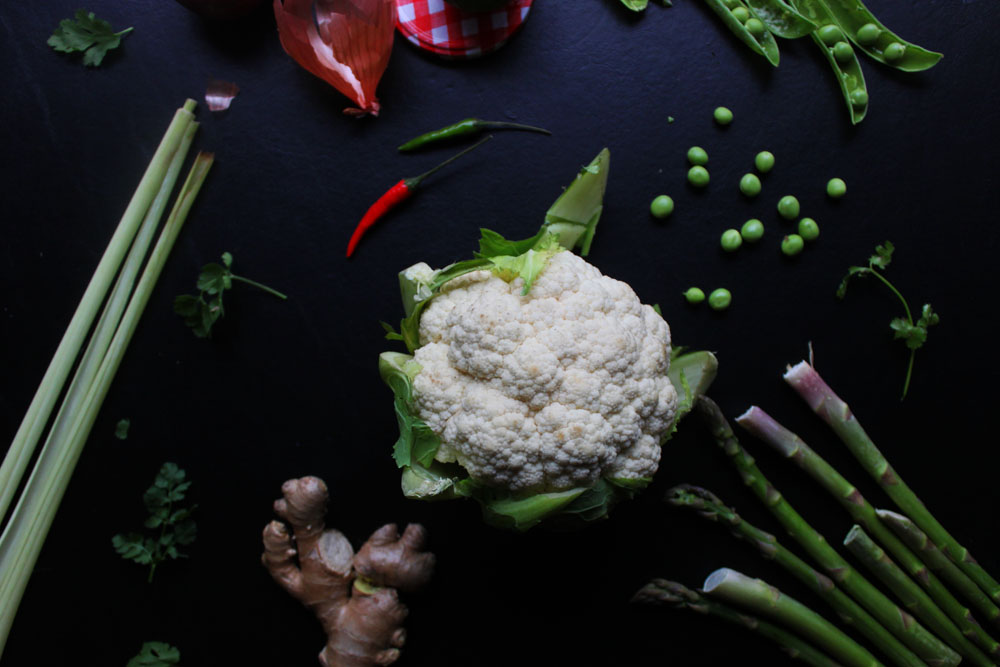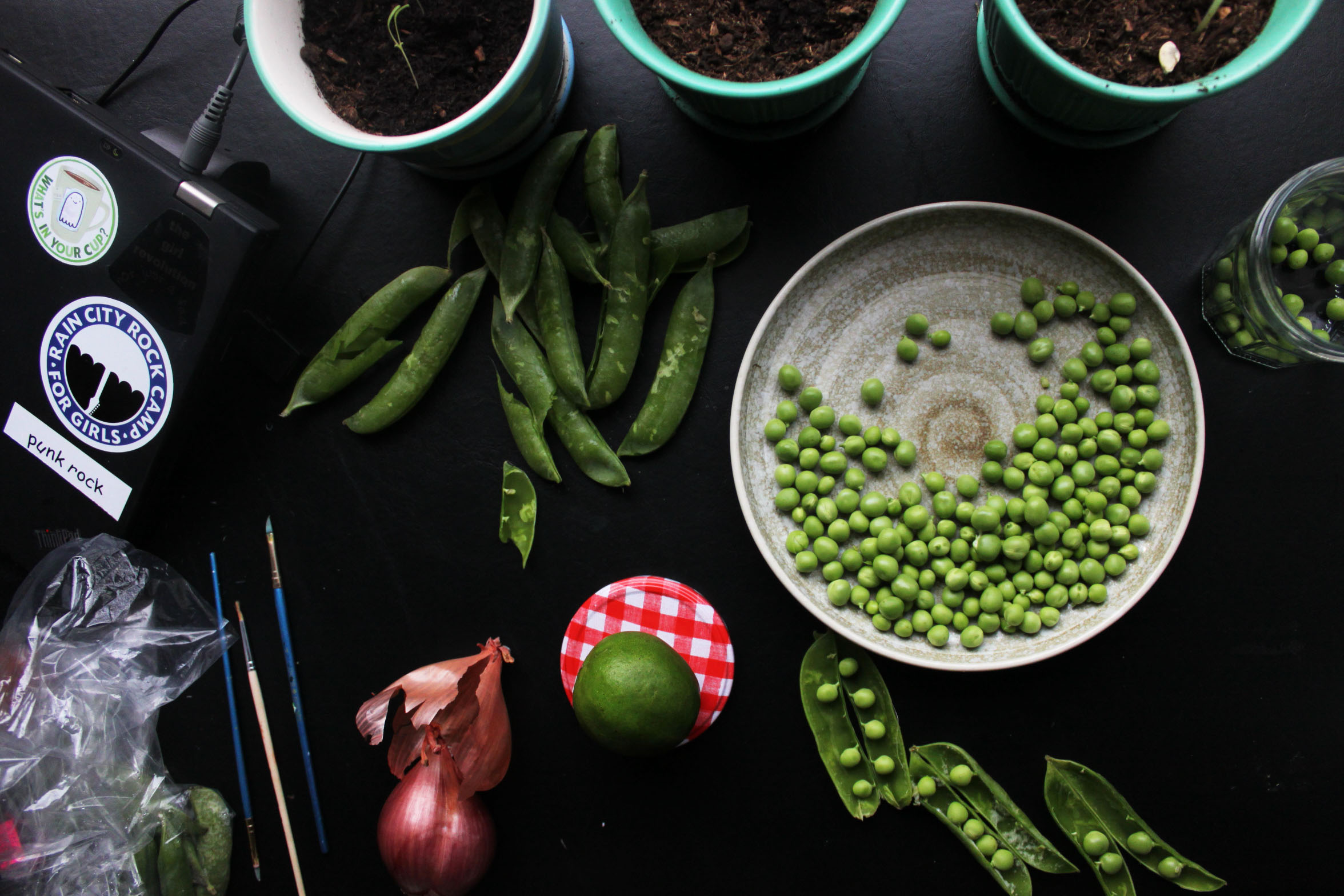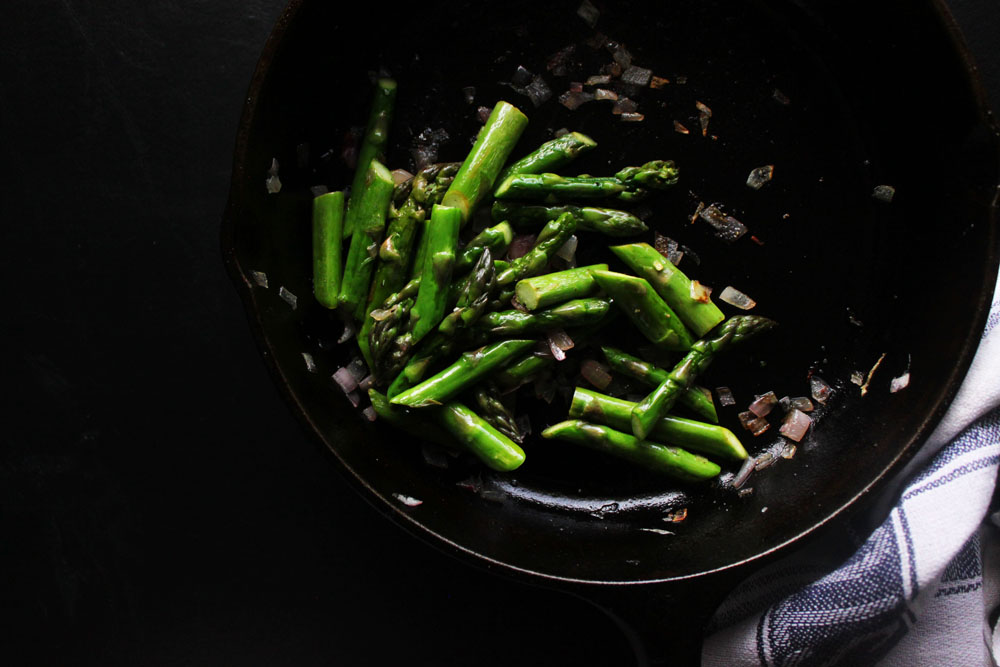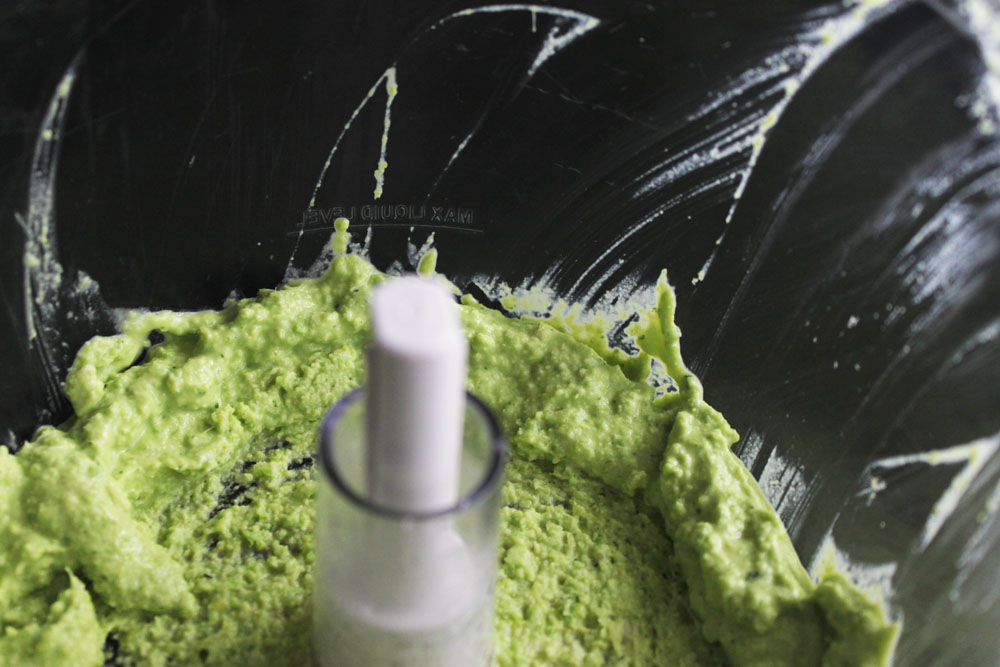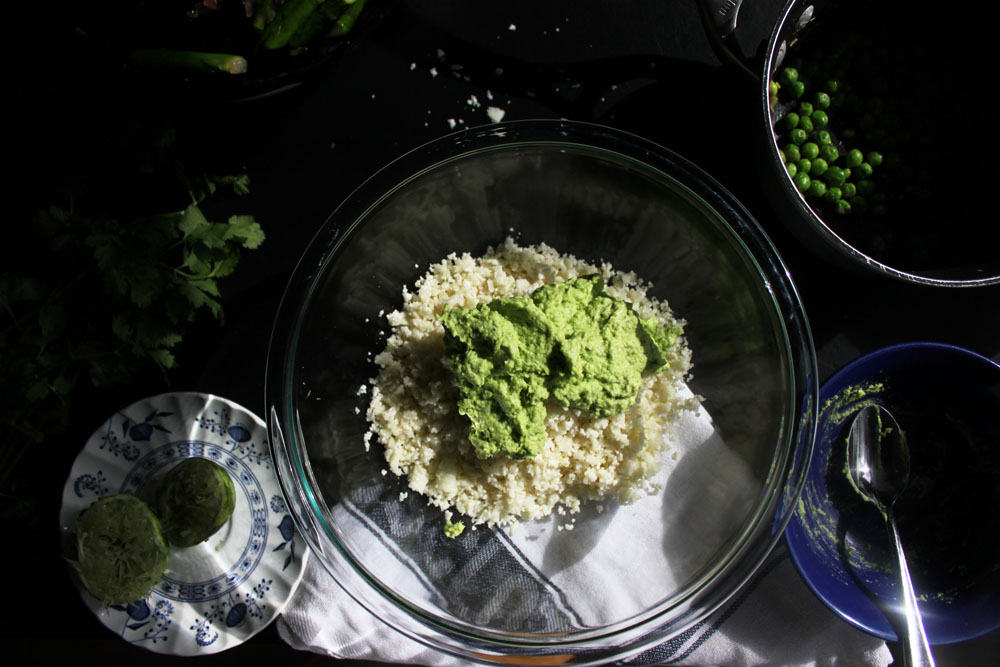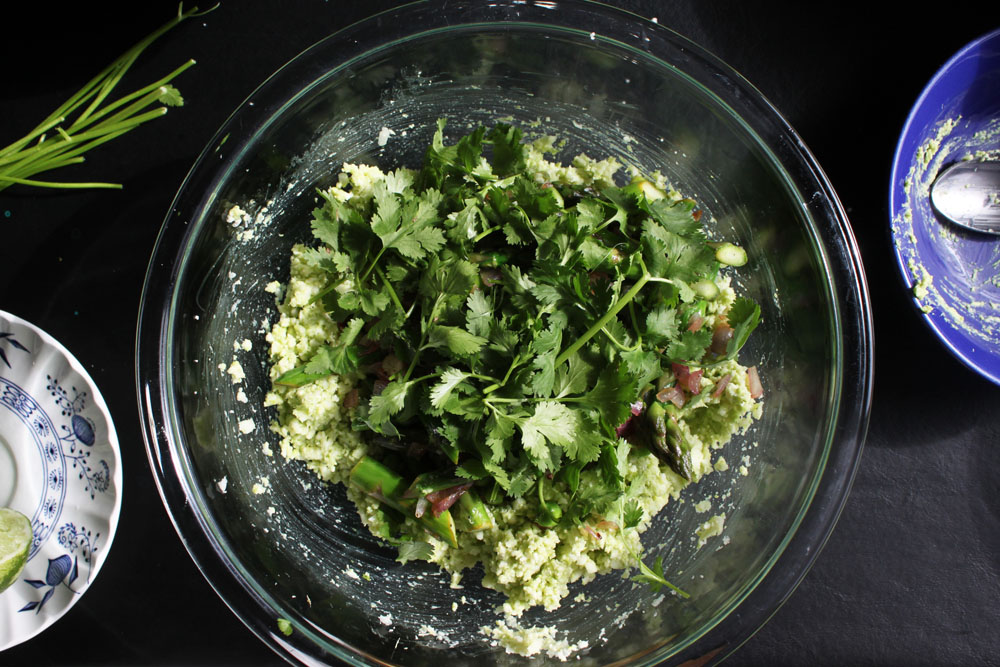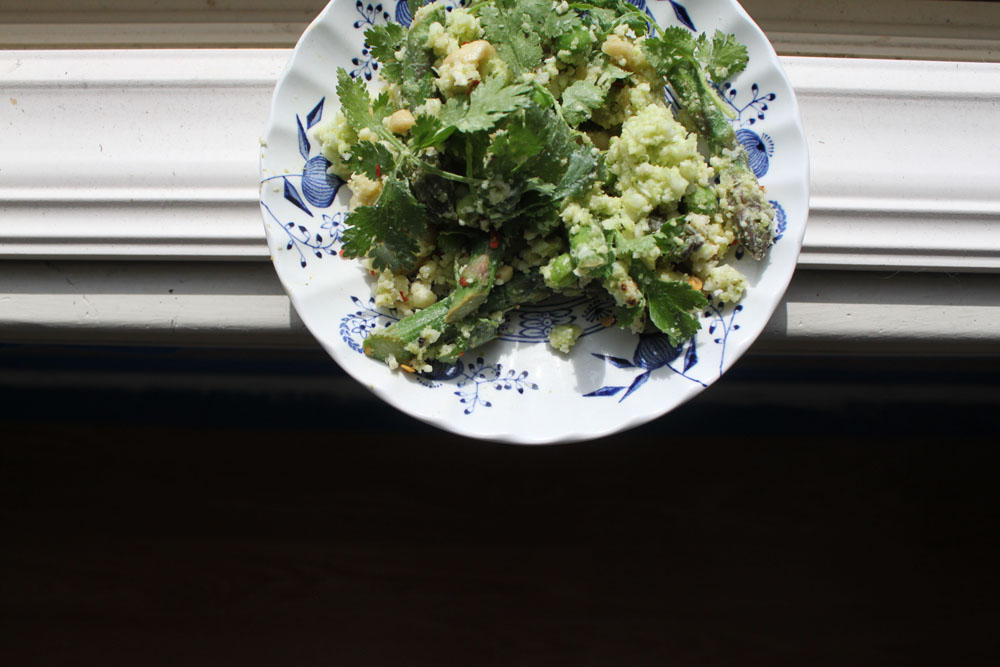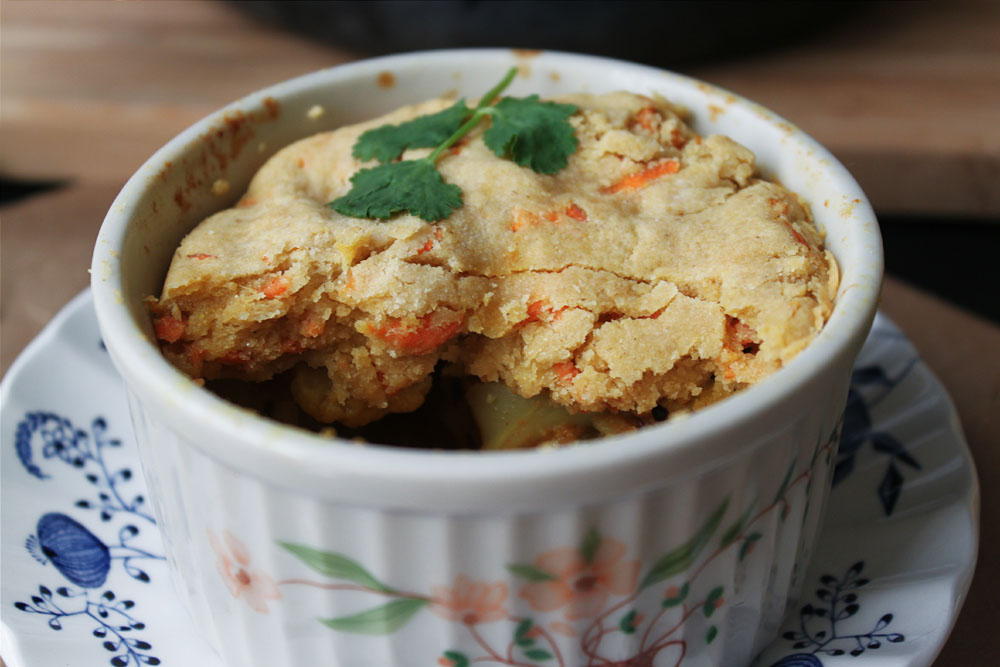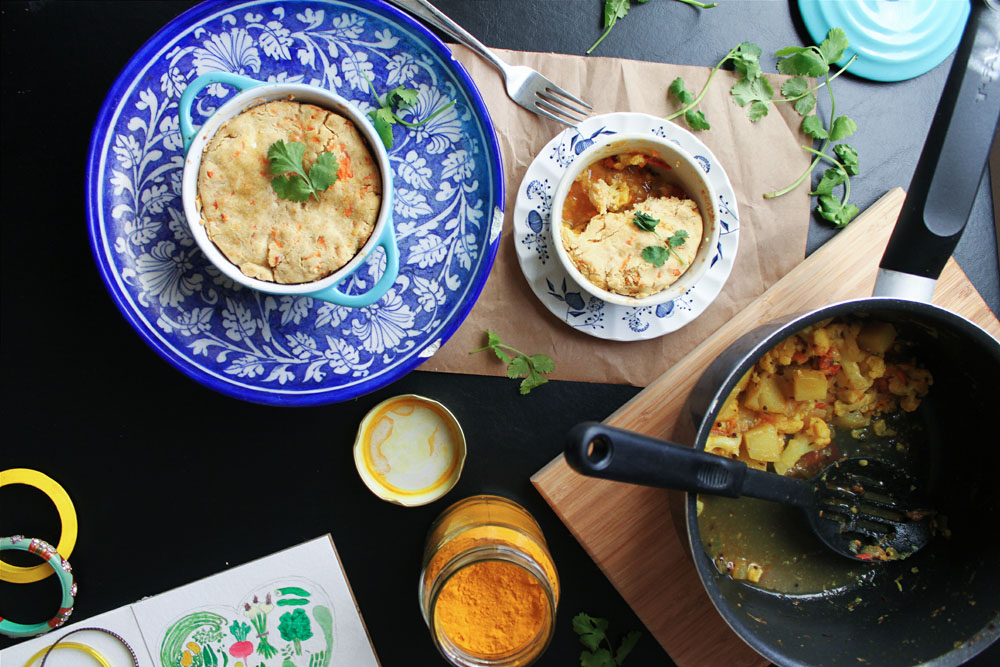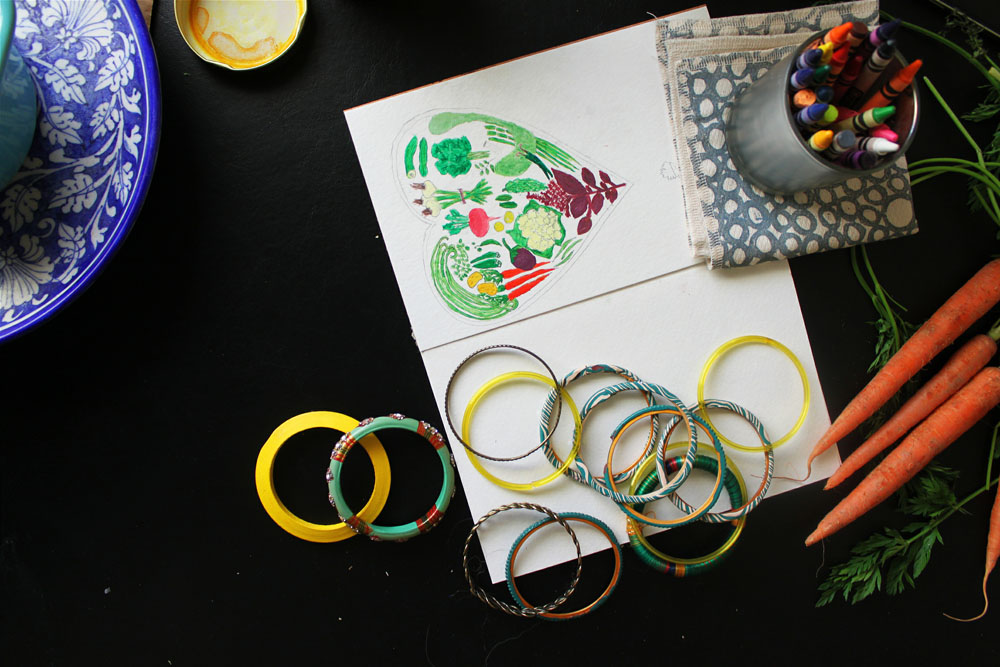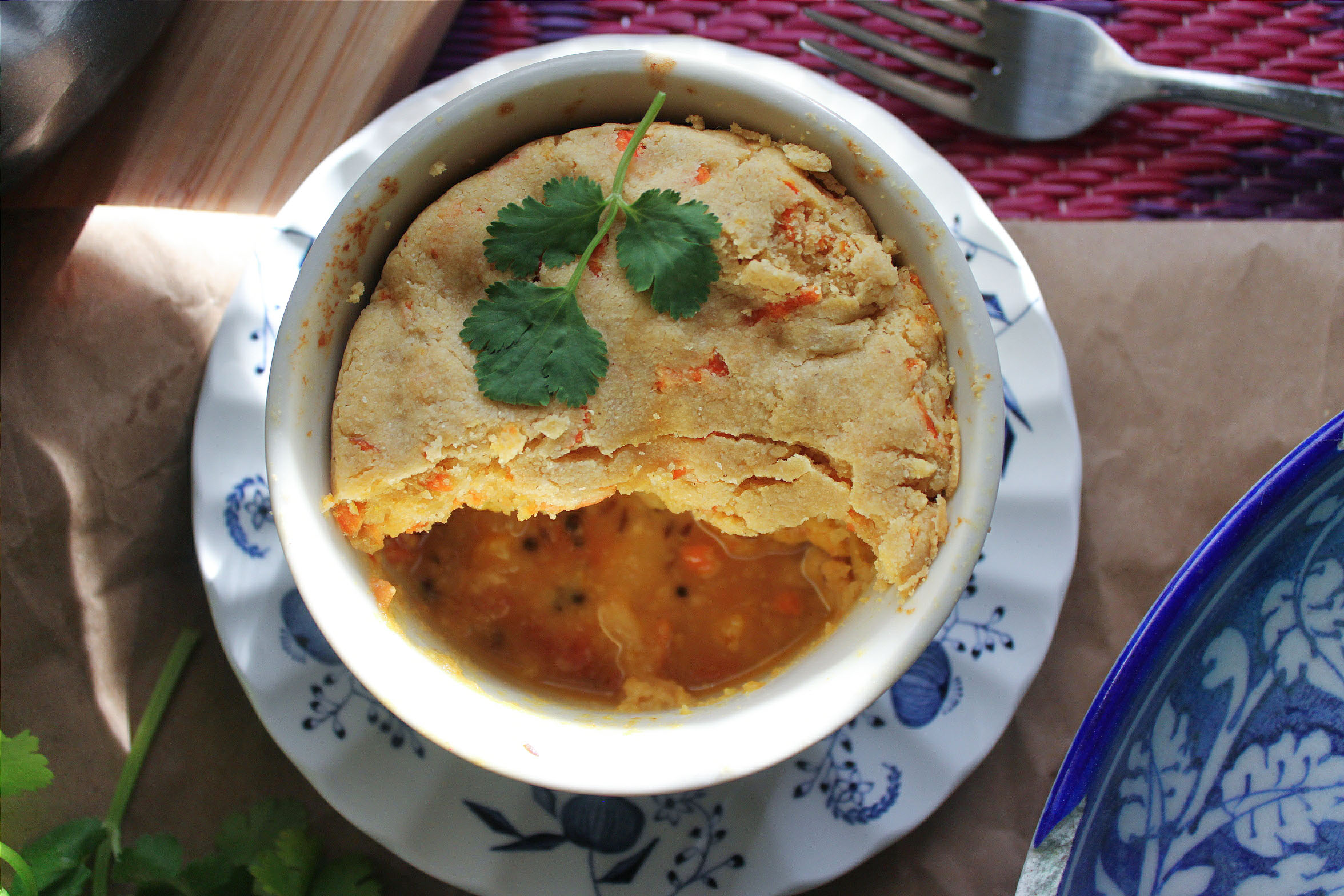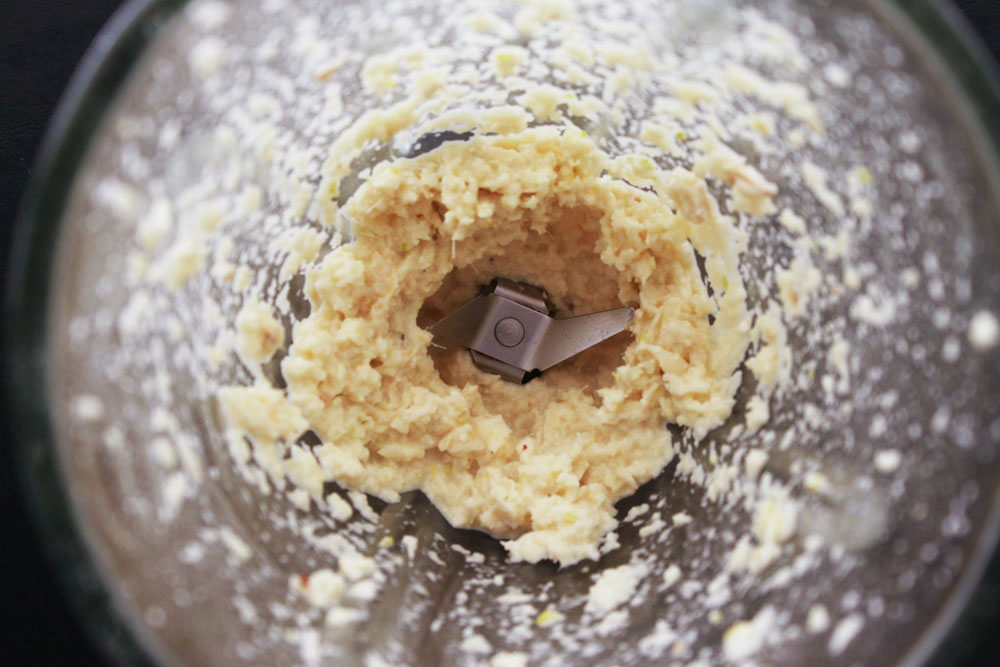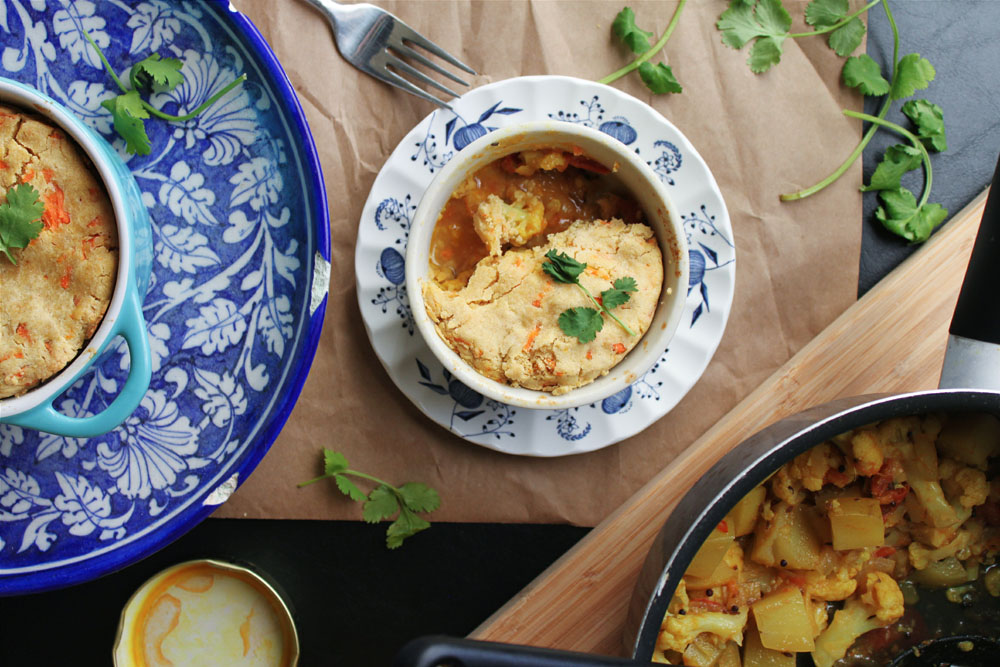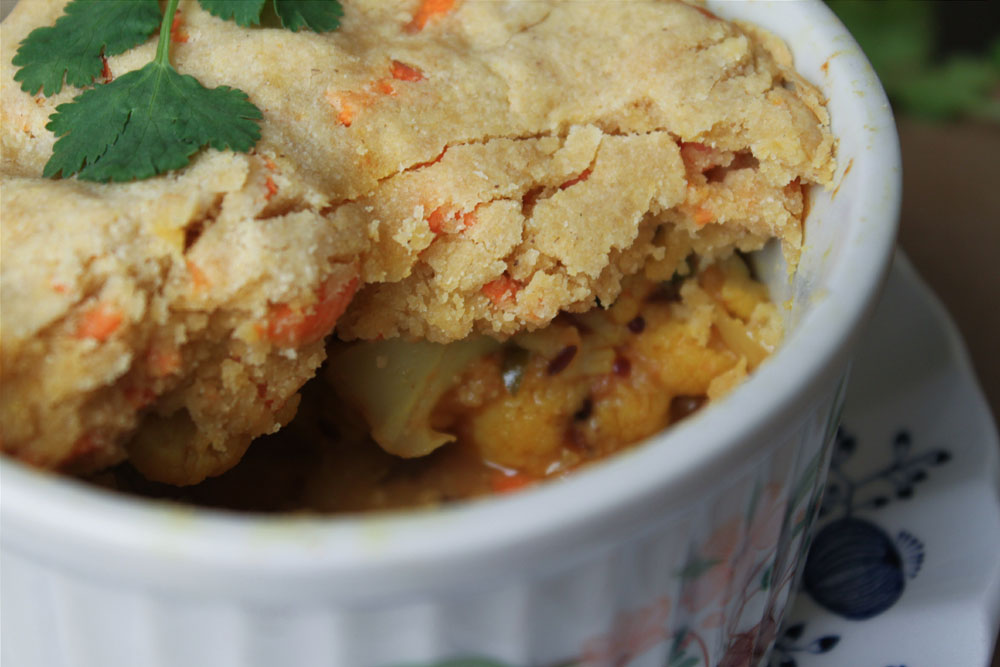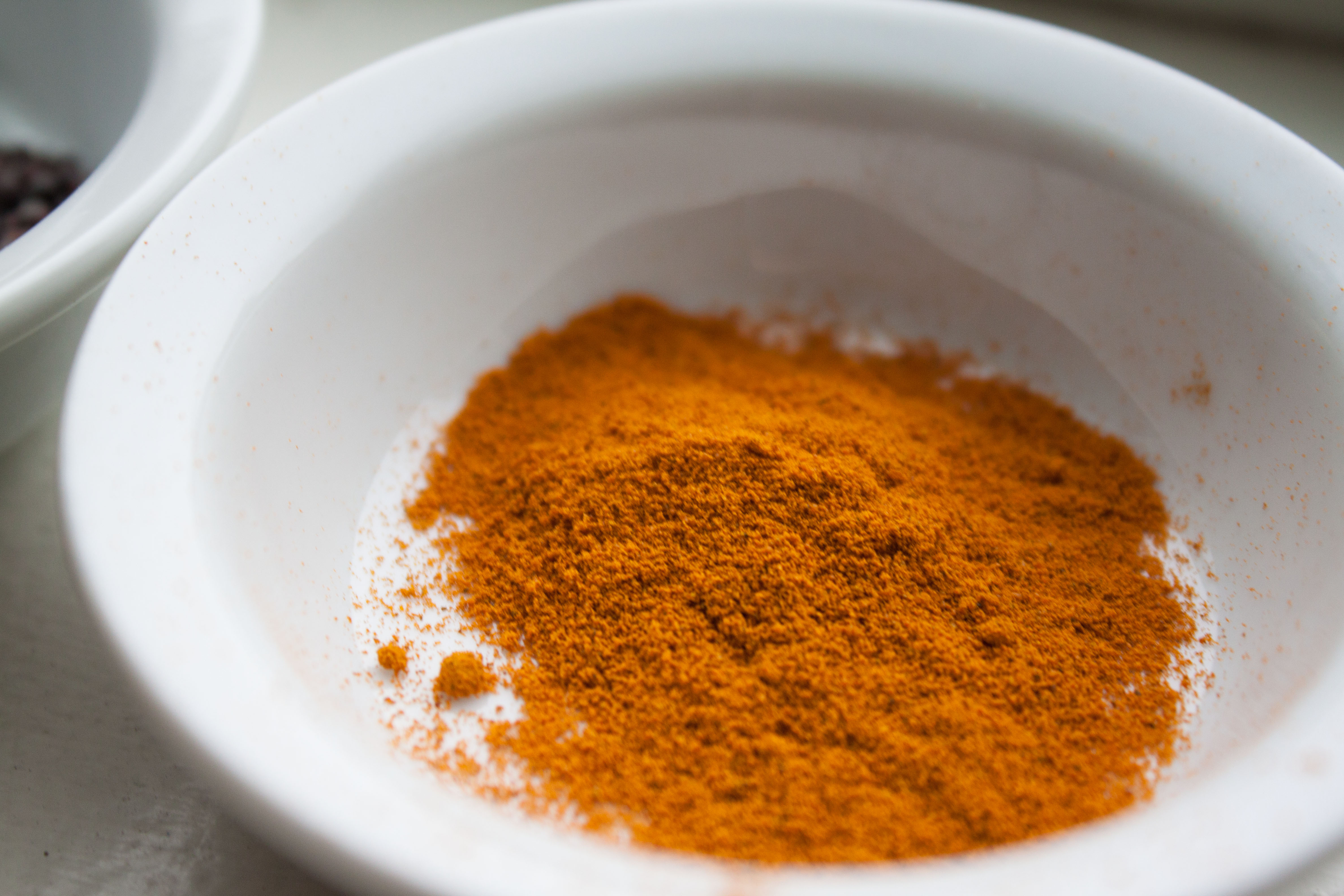
I was walking on the pavement in Bombay in 2008 – a remarkable thing when you’re in the city – past some heritage buildings that the British left us as visible reminders of an imperialist past. It had been a while since I was in that area near the VT train station. Though I lived close by, work was in the opposite direction. This is the part of town where I went to college. It was where we restricted most of our hanging out when we were not in the college canteen. It was here in 2006 when we found out about a series of bombs (seven of them) that went off during rush hour on the Western Railway line. My friend who I was with at the time was setting off to go catch his train home when he got the message to stay where he was. Nothing would be moving that night….
